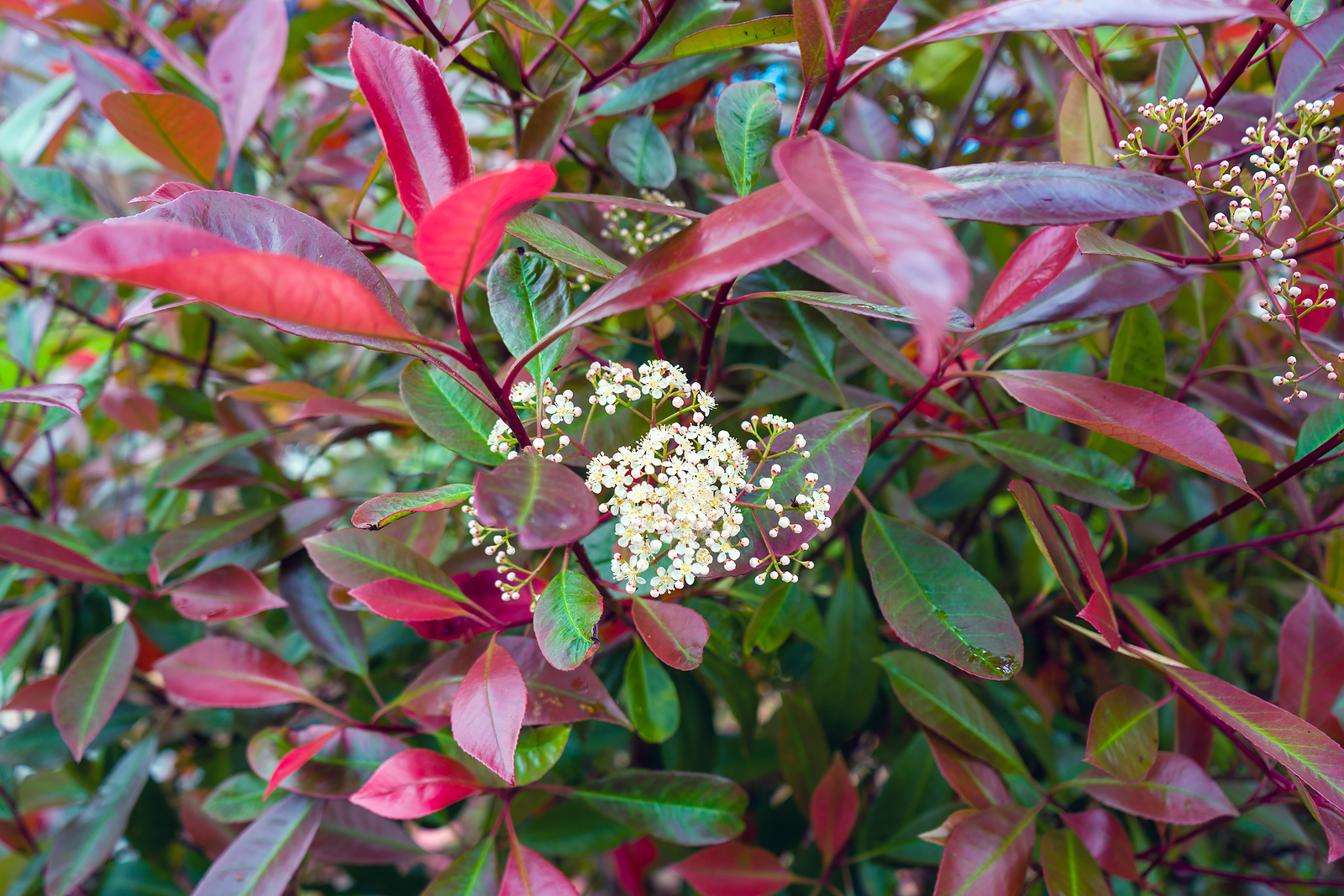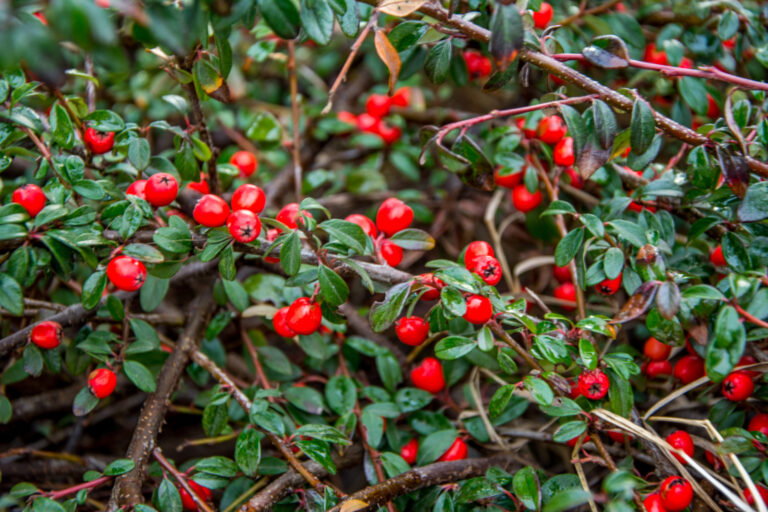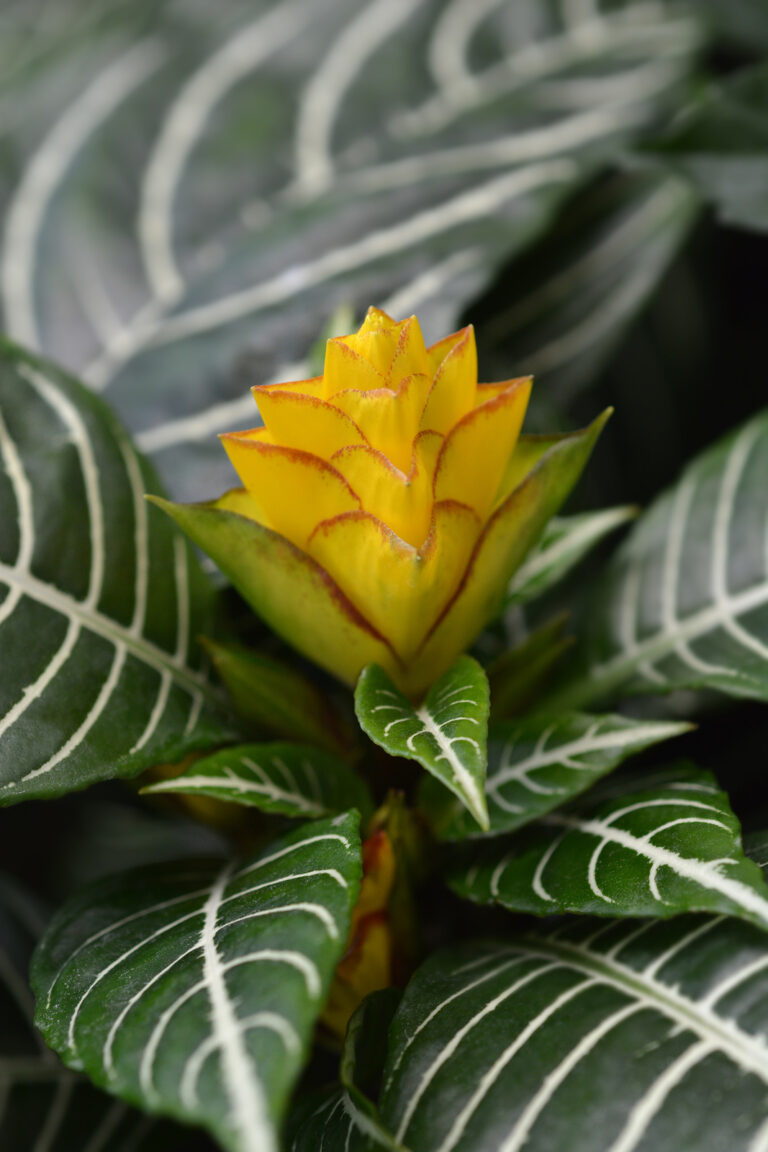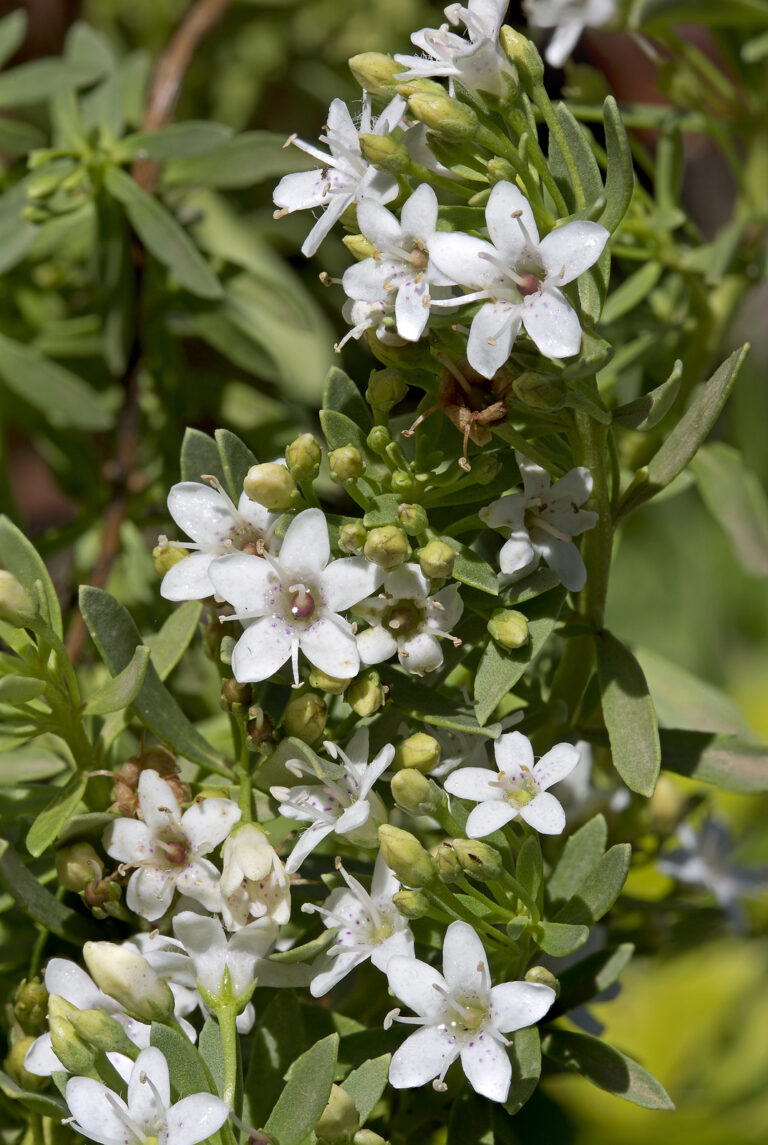How to Grow Photinia
Photinia is medium to tall shrub grown for its dense, colorful foliage. It is often used in hedges both waist high and taller. Photinia is sometimes called redtip for the color of its young foliage; leaves are red when young, mid to dark green in summer, and turn red again in cold winter temperatures.
Photinia also bears small 5-petaled white flowers in dense, terminal panicles in mid-spring. The flowers are followed by usually red berry-like fruits.
Evergreen Photinias are a good choice for hedges of shrub borders. Deciduous species can be added to woodland gardens or grown as specimens in lawns. Phontinia can be trained to a single trunk and grown as a small tree.
Photinia is a genus of about 40 species of evergreen and deciduous shrubs and trees native to East Asia
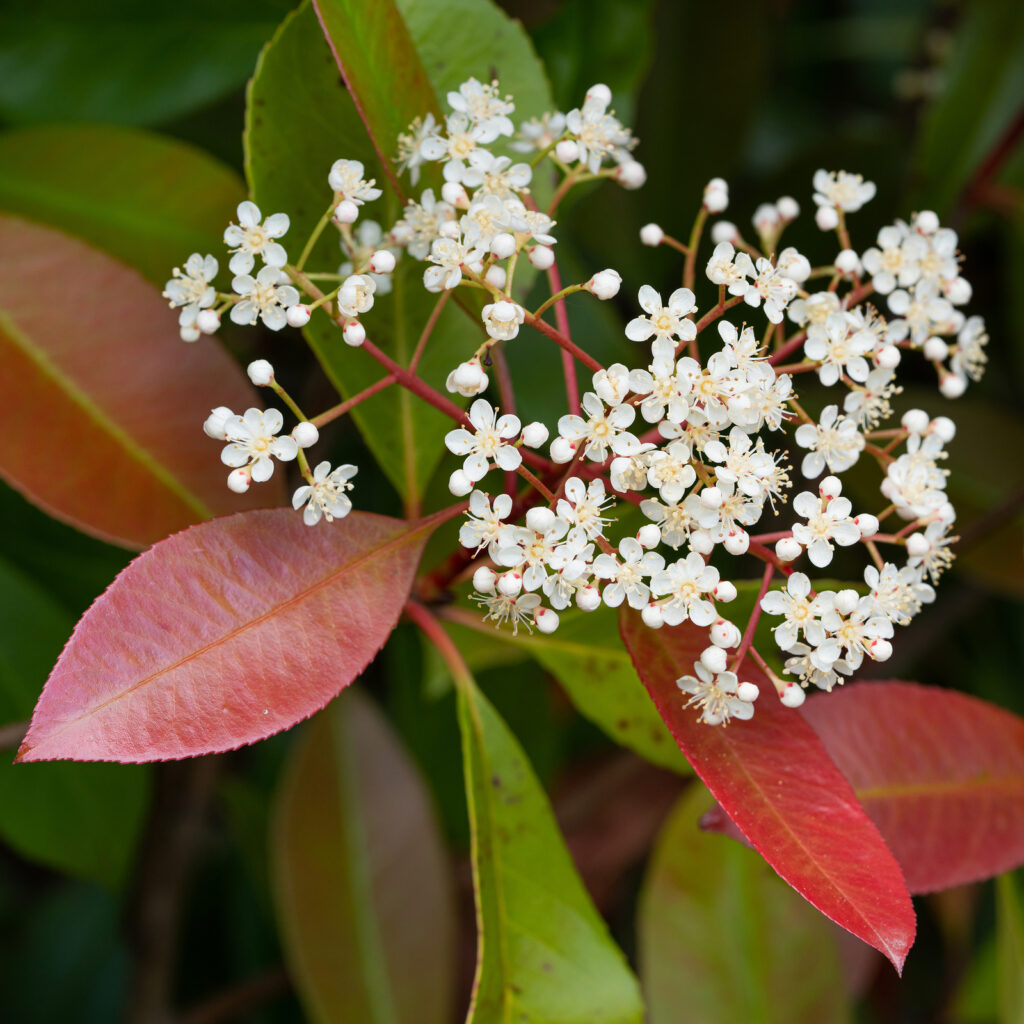
Get to know Photinia
- Plant type: Broad-leaved evergreen and deciduous shrubs and small trees
- Growing zones and range: Zones 6 to 9
- Hardiness: Hardy to Zone 6
- Height and width: 15-25 feet (4.6-7.6m) and 10 feet (3m) wide; commonly clipped lower
- Growth rate: Medium to fast
- Form and habit: Upright
- Foliage: Leaves are small-toothed, 4-8 inches (10.2-20.3cm) long, elongated, pointed oval, emerging bronze-red and turning glossy green in 2 to 4 weeks.
- Flowers: White, composed of five petals each .3 inch (.8cm) across, born in flat heads to 6 inches (15.2cm) wide; considered malodorous
- Fruits: .3 inch (.8cm) red globes
- Bloom time: early to mid summer
- Uses: Tall hedge, screening, windbreak, background
- Common name: Redtip, Photinia
- Botanical name: Photinia
- Family name: Rosaceae
- Origin: Himalayas to East and Southeast Asia
Where to plant Photinia
- Plant Photinia in full sun for the best color.
- Plant Photinia in humus-rich, well-drained soil.
When to plant Photinia
- Container-grown Photinia transplants easily in fall or early spring.
- Sow seeds in autumn.
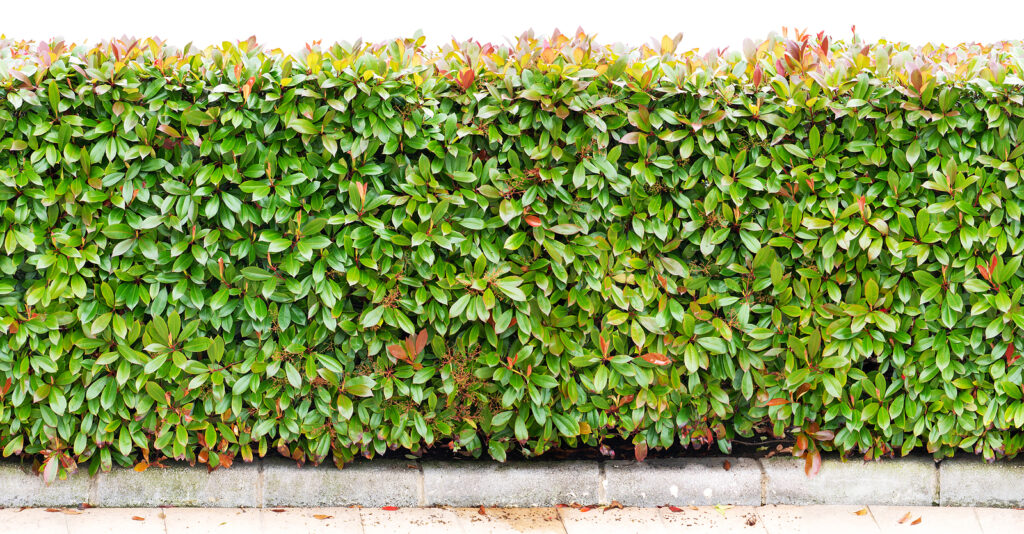
Planting and spacing Photinia
- Space Photinia 10 feet (3m) apart.
- Sow seed 1/4 inch deep in evenly prepared soil.
How to water and feed Photinia
- Give Photinia regular to moderate water.
- Don’t Give Photinia too much moisture in summer.
- Feed Photinia with an all-purpose organic fertilizer in spring.
How to prune and care for Photinia
- Pruning season for Photinia is early spring and late summer.
- Prune to shape; never allow new growth to get away and make long, bare switches.
- Make the cuts back into the bush to a point where the cuts are hidden.
Photinia pests and diseases
- Photinia can develop fireblight and mildew.
- Photnia is often defoliated by leaf spot in humid climates.
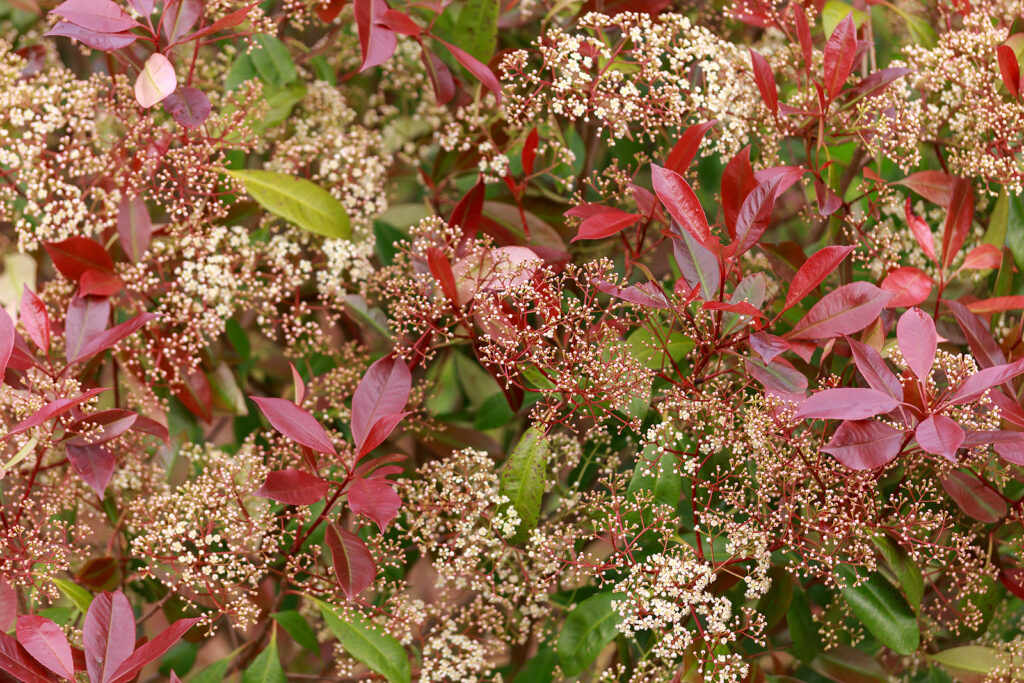
Photinia propagation
- Propagate Photinia with cold-stratified seeds or root semiripe cuttings in summer or autumn.
- Root semi-ripe cuttings with bottom heat in summer.
Photinia varieties to grow
- Photinia fraseri, Redtip, evergreen shrub or small tree. Moderate to fast growth 10-15 feet (3.1-4.6m), spreading wider. Oval leaves to 5 inches (12.7cm) long are bright, showy bronzy red when new, maturing to dark green. Flower clusters resemble those of P. glabra but are not followed by berries. Good espalier or small single-stemmed tree. Cut branches excellent in arrangements. Resists mildew and heat. A fungus-induced leaf spot can be serious in the South, especially in humid weather; control with fungicide. Aphids may be a problem. Plant described here is properly known as ‘Birminghand’; for many years, it was the only one sold, and the variety name was not attached. ‘Indian Princess’ (new growth is more orange than red) and ‘Red Robin’ are about half the size.
- P. glabra, Japanese photinia, a smaller 10-12 foot (3.1-3.7m), evergreen shrub with showier flowers, widely used in Southeast in Zones 7 to 9. Broad, dense growth. Leaves oval, broadest toward tip, to 3 inches (7.6cm) long. Coppery new growth; scattered leaves of bright red give touch of color through fall and winter. Summer pruning will restrict size of plant to neat 5 feet (1.5m) and give continuing show of new foliage. Flowers with hawthorne fragrance in 4 inch (10.2cm) wide clusters. Berries red, turning black.
- P. serrulata, Chinese photinia, evergreen shrub or small tree. Broad, dense growth to 35 feet (10.7m), but easily held to 10 feet (3.1m) high and wide. Still, crisp, deep green leaves to 8 inches (20.3cm) long, prickly along edges. Bright copper new growth; scattered crimson leaves in fall, winter. ‘Aculeata’ (often sold as ‘Nova’ or ‘Nova Lineata’) is more compact, has midrib and main leaf veins of ivory yellow. Zones 6 to 9.
- P. villosa, Oriental photinia, deciduous shrub or small tree. The species seen in northern gardens, in Zones 4 to 7. A multi-stemmed deciduous 10-15 foot (3.1-4.6m) rounded shrub or small tree planted for its flowers and fall color: The (3.8-7.6cm) long shiny green leaves turn to lovely shades of bronze and red before falling. Flower clusters 1-2 inches (2.5-5.1cm) across. Bright red berries hang in clusters into winter.
- P. X fraseri, Fraser’s photinia, a popular ornamental shrub in Zones 6 or 7 to 10. The upright 15-20 foot (4.6-6.1m) broad-leaved evergreen makes a handsome formal clipped hedge, a solid windbreak, or a dense screen. Major assets are dense glossy foliage and new growth that emerges a glistening coppery red. Hedges are usually clipped in early spring and again in summer to encourage new growth. A trip hedge with glistening new foliage is lovely in a garden.

